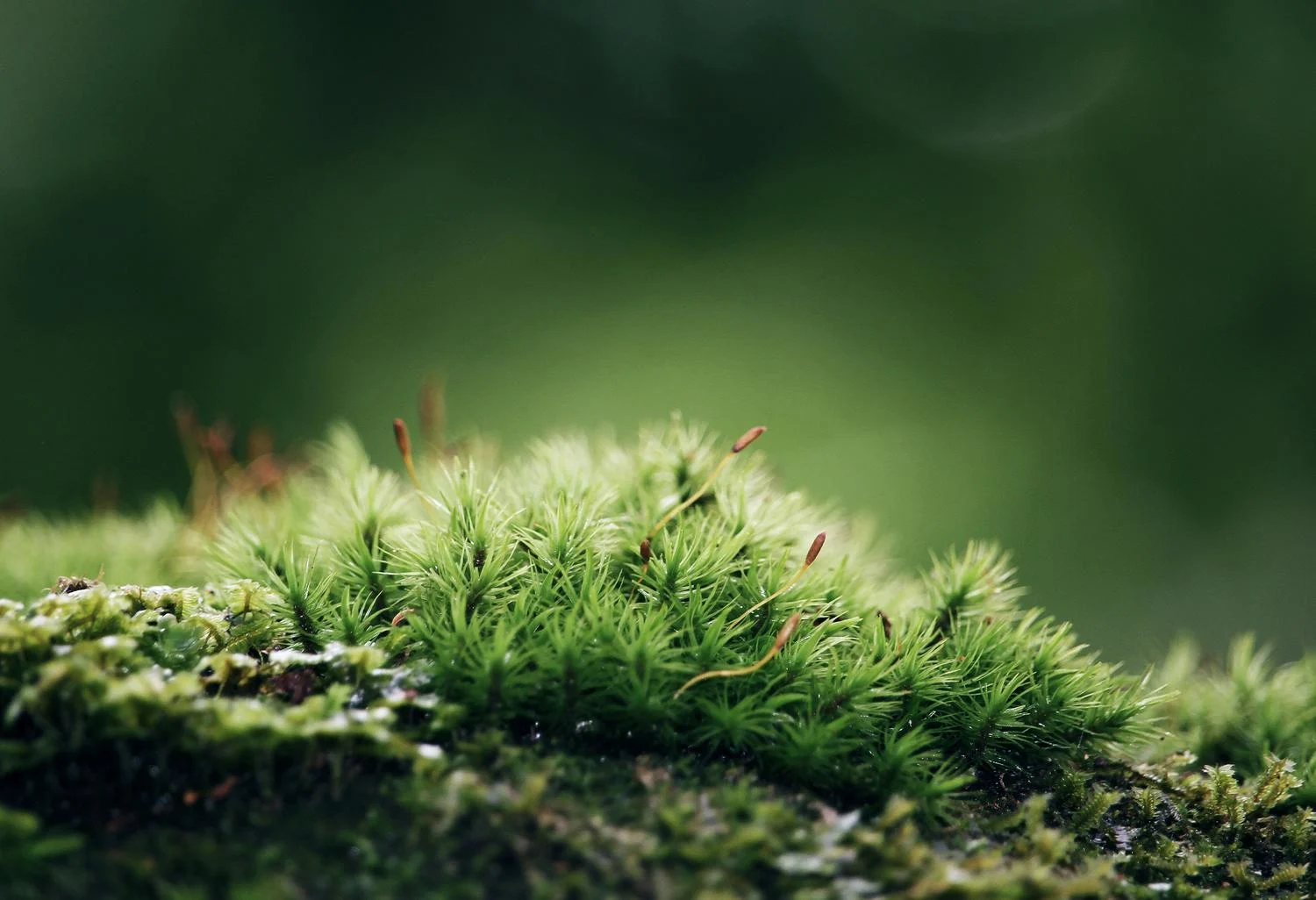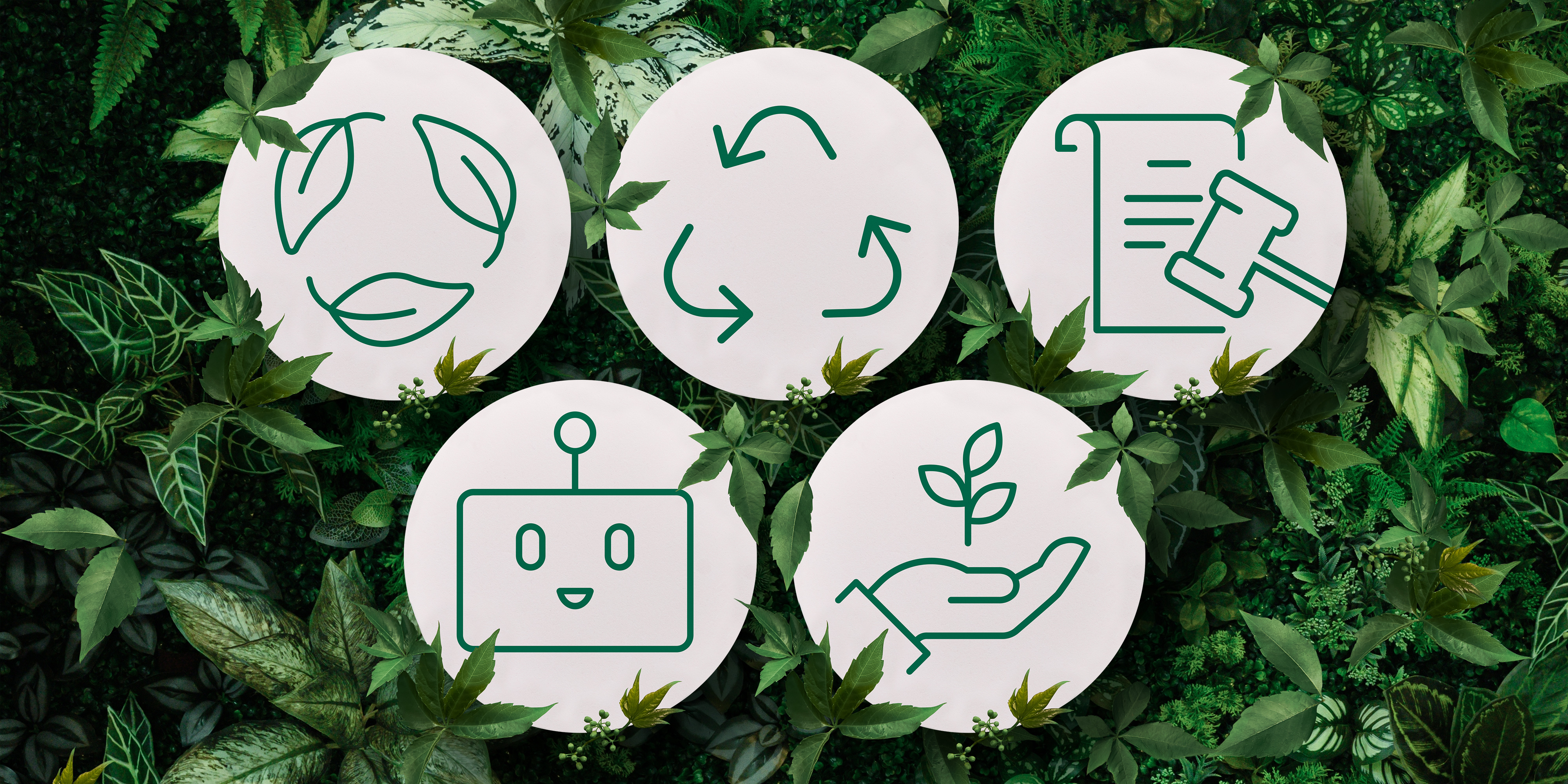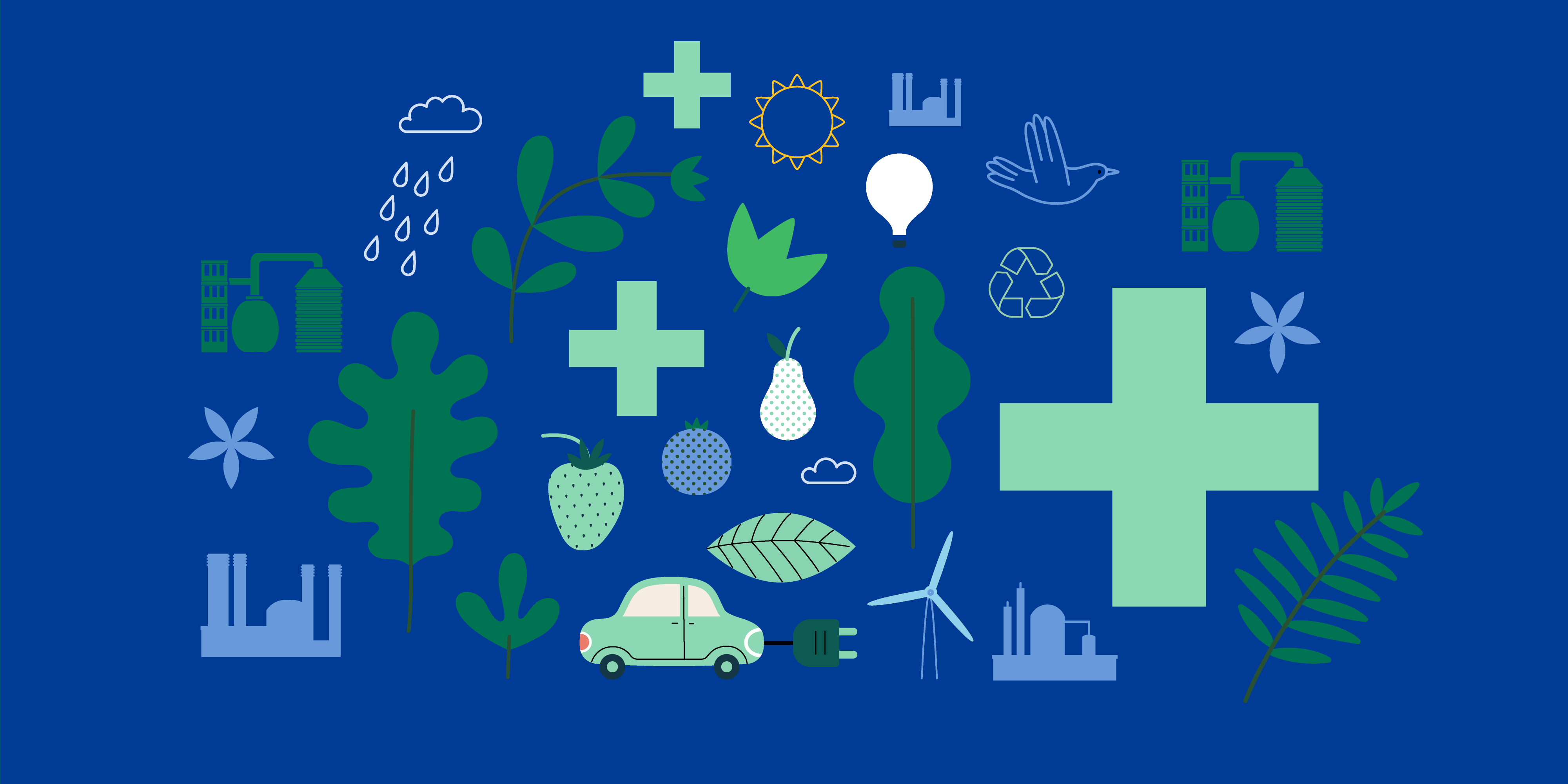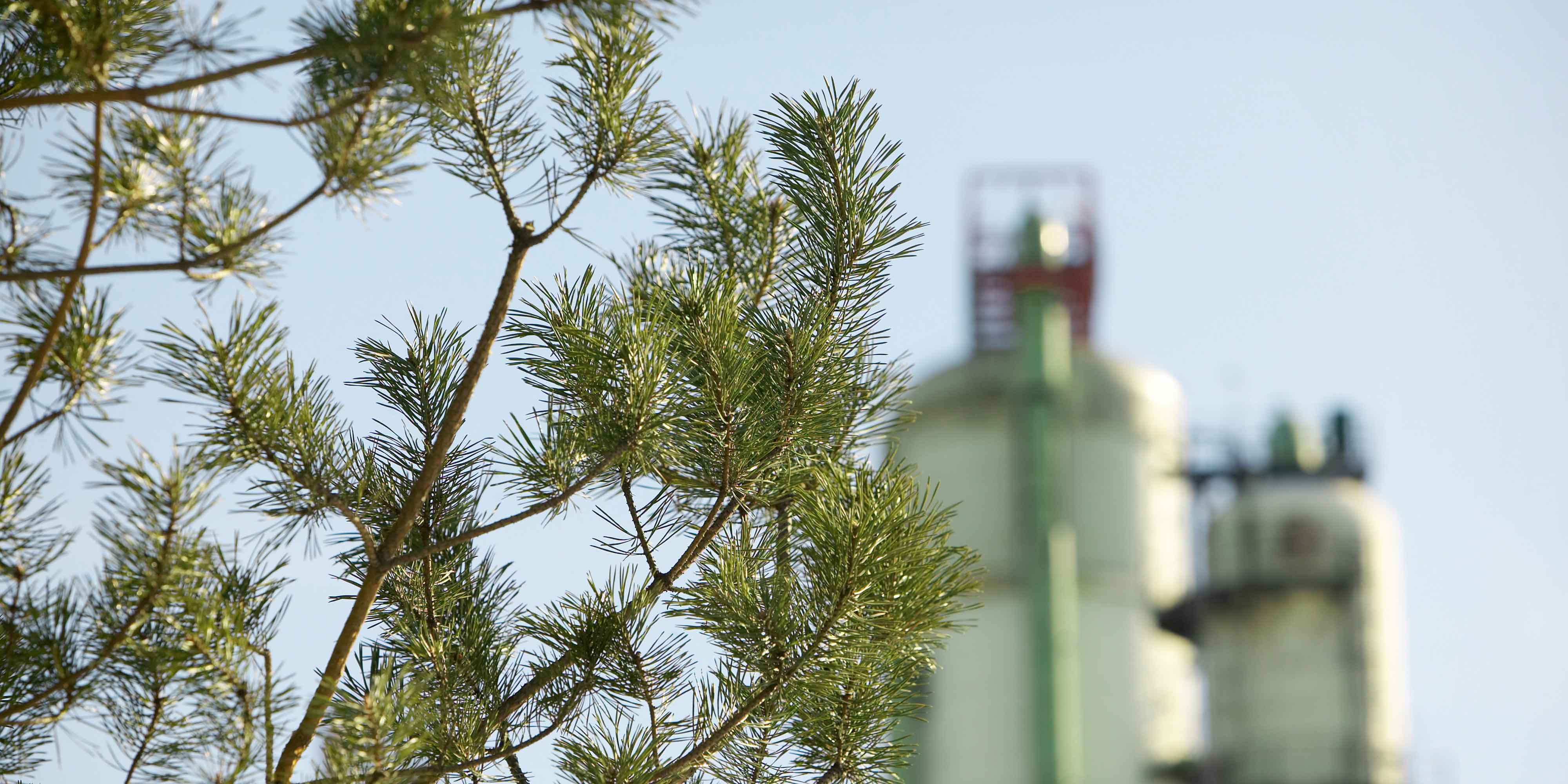
Sustainability
6 minute read
How do we protect our surrounding environment? Various biodiversity-related actions are at the core of Neste's sustainability work
Biodiversity has a key role in Neste’s sustainability vision. In this article, we give concrete examples of the activities we do as a company to tackle biodiversity loss and inequalities.
In 2021, we broadened our sustainability vision: we are aiming at tackling the climate crisis, biodiversity loss, and inequalities – not just in our own operations but also in our value chain. Our vision is to drive a positive impact on biodiversity and achieve nature positive value chain by 2040. We are continuously developing a systematic approach and metrics to take into account the biodiversity issues related to our business.
We are now investing in building the means and roadmap to achieve our goals. We have begun to evaluate our value chain from a biodiversity perspective to identify the most significant environmental impacts. We are participating in The Science Based Targets Network (SBTN) corporate engagement programme to pilot upcoming biodiversity methodology. Additionally, we have started a collaboration with Fauna & Flora International (FFI). Protecting biodiversity, water, and soil has also been marked on Neste’s Material Sustainability KPIs. “Last year we started the materiality analysis to better understand our impacts to biodiversity throughout our value chain, from the raw materials to operations and end products. The results will be used when selecting methodology and metrics around biodiversity, including nature, soil and water. For us it is crucial to work together with stakeholders, which is why we have partnered with SBTN and FFI.” comments Asta Soininen, Associate, Sustainability & Regulations at Neste.
Working on different levels to protect our environment with concrete actions
We have begun piloting practical methods for measuring biodiversity and better understanding our opportunities to protect biodiversity. Even though we agree that we are at the beginning of this journey, we want to share some examples of our concrete actions in different Neste locations. We have our refineries with their footprint, and in addition, most of all, we want to engage our own people and stakeholders to protect and restore the nature we have an impact in our value chain. Below you can read case examples of long-term and ongoing biodiversity projects in the locations where Neste operates.
Reviewing and strengthening biodiversity at Neste sites in Finland
Biodiversity reviews have been one of the traditions related to biodiversity protection at Neste’s locations in Porvoo refinery and Naantali terminal in Finland for over ten years already. The reviews considering biodiversity have been made in individual project areas three times from 2007 onwards as part of the Environmental Impact Assessment Procedure (EIA). Currently, we are making the fourth biodiversity review and it is about to be finalized in 2022. However, this time the review is considering all the areas owned by Neste in Porvoo (1 300 ha) and Naantali (300 ha), and the fieldwork regarding the review is going to be started very soon. The areas contain many types of natural environments, e.g. forests, waste grounds, inland waters, and coastal areas.
The review is conducted with a conventional inventory of species and with a biodiversity metric tool, which has been tailored for the Finnish conditions. With the metric, it is possible to score all the recognized species and habitats, and based on the score, the biodiversity will be valued. The goal is that we could identify the most valuable areas, compare different areas to each other, and see if the practice can be utilized in assessing the biodiversity issues in the other Neste operations and activities. However, it is notable that the metric is very new, and therefore, the scoring system for different species and habitats is still under development as well as our evaluation on different metrics available.
Working on the biodiversity initiatives at Neste’s Mahoney site in the United States
We understand that biodiversity issues are regional and, therefore, the relevancy of the actions on biodiversity has to be considered carefully. Neste in collaboration with the local conservation authorities has conducted many biodiversity initiatives at the Mahoney site in Mendota, Illinois, the US. The initiatives have included actions such as pollinator seeding to support endangered monarch butterflies and other pollinators.
Additionally, the wetland has been developed to reduce the total suspended solids in the nearby river and to increase the habitat of migratory birds and other species. A small test area of the wet-tolerant grasses will be planted to help improve the quality of the stormwater leaving the facility at that outfall location. With this kind of action, we also want to inspire and encourage our employees to think about their own region and the biodiversity there.
Being part of the Siak Pelalawan Landscape Programme in Indonesia to protect biodiversity and develop the supply chains
In addition, collaboration is crucial and, therefore, we want to contribute to the important biodiversity work that has a wider positive effect than only in our own operations. We are cooperating with Daemeter, Proforest, and the Siak government as well as many other global brands to make a large-scale transformative sustainability impact in the Siak region in Indonesia through developing deforestation-free supply chains for multiple commodities, such as palm oil.
The five-year project started in 2020 has supported the sustainability performance of smallholder farmers and helped to protect forests, peat, and biodiversity. In 2021, the program focused on village engagement as the smallholders are the crucial component to the success of the initiative in this landscape. For instance, in seven targeted villages various training was conducted such as best management practices of oil palm in peatland, fire management, oil palm good agricultural practices, and nature positive farming at the village level. Also, village facilitators were recruited, trained, and deployed in each of the villages. Sustainable production practices have been improved on peatlands by land preparations, cultivating, planting, and canal blocking, for instance. Within a short period, changes are already visible; the soil is wetter in the dry season, plant leaves are greener, and despite the dry periods, there is the presence of water stocks. The stories from the field can be read and followed on the webpage of the Siak Pelalawan Landscape Programme.
Supporting pollination in the area of Neste headquarters
We believe that also smaller concrete actions can have a notable effect. One very topical example is supporting the pollinators that have a crucial role in the growth of a diverse nature globally. Thanks to the United Nations, the importance of the topic has been noticed internationally and on Friday, May 20, we celebrated all the bees of the world as it was World Bee Day. At Neste headquarters in Espoo, Finland we celebrated the day together with our new colleagues – four beehives that accommodate approximately 50 000 bees each. The beehives were provided by Korpikuusikko Honey and they are placed right next to the headquarters buildings.Various species of bees pollinate about 80% of the world's plants. Unfortunately, pollinator decline is a serious issue around the world caused by e.g. climate change, intensive farming practices, pesticide use, and habitat loss. Pollinators, for instance, secure the food production chain at its first stage – pollination. Therefore, this small action made by Neste increases plant pollination in the areas close to Neste headquarters in Espoo.To learn more about our biodiversity work, visit our webpage here.
Credits: Neste




